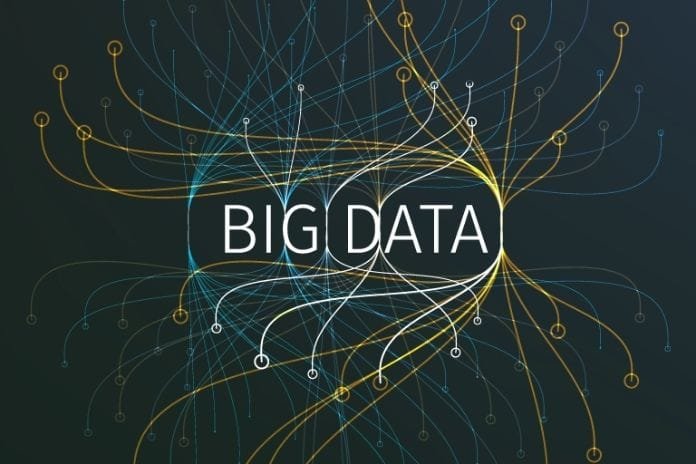The “Five Vs” Of Big Data

Although it has become more prevalent in recent years, the concept of Big Data emerged in the early 1990s to describe large data sets. Since then, many other inventions have boosted the daily volume of information.
The creation of social networks and other online services, for example, drew attention to the amount of information available about users. Considering the technological advancements, the Internet of Things, cloud services and machine learning itself, machine learning, in good Portuguese, also contributed to the production of more data. In this sense, the 5G technology that is coming will still play an essential role in evolving all these solutions.
Anyway, the concept of Big Data as it is known today gained prominence in the 2000s with the definition of the three V’s, which later became five.
Definition Of The V’s:
Volume
There are several sources of data collected by businesses. Commercial transactions, industrial equipment, social networks, or even sensors and intelligent devices are some examples of the origin of multi-structured and unstructured information. In Big Data, large volumes such as terabytes (1000GB) or petabytes (1000TB) can be processed.
Speed
With the growth of the Internet of Things, torrents of data flow into businesses at an unprecedented speed, in near real-time. While the large volume of information is used to make the decision-making process more intelligent, it is useless if this analysis is not carried out promptly.
Variety
There are different sources of data, but they also come in all formats. From structured, numerical information on traditional bases to unstructured ones, such as email, videos, and financial transactions. The latter requires an additional initial processing step.
Veracity
This term was associated with Big Data as there was more extraordinary evolution in this market. After all, with the greater volume of data and greater diversity of sources, a significant concern is how much you can trust them. An analysis based on wrong or poorly prepared information can generate serious problems for the business.
Value
This is the final step, which shows the value of data analysis. Insights to optimize resources, reduce costs and increase profits are results that everyone expects. But of course, for that, it is necessary to have quality information obtained from reliable sources that are prepared and analyzed correctly. Understand how this is done below.
How Does Big Data Work?
Working with Big Data involves a series of steps, as we are talking about different data that will be gathered to generate knowledge about the business. Although the process is quite complex, it is possible to summarize it to clarify its main pillars and what is necessary to implement it in your company.
The first step is the generation and capture of information. At this point, having other technological solutions for connectivity and IoT is essential for anyone looking for a good knowledge of everything that happens in the company. In this way, it is possible to have access both to information on the company itself and on the behavior of teams and customers.
In traditional data analysis, the initial phase involves the famous ETL: extract, transform and load (Extract, Transform, Load). However, with a volume that reaches petabytes, this structure does not meet extensive data integration. Thus, unique tools are required to process this data, confirming its formatting and integrity.
It is also essential to have a storage structure, which can be in the cloud, on-site, through a Data Center, or even hybrid. In this sense, it is necessary to analyze the processing capacity of the environment and information security.
With this base established, it is time for analysis and, consequently, to generate value. Here, several resources are used, including models with machine learning and artificial intelligence that can help with classification and even predictions. To understand the results obtained, it is recommended to have specialists who know the business. Thus, it is possible to translate the insights to create new strategies and more accurate management.
Also Read: What Is Big Data Analytics?


